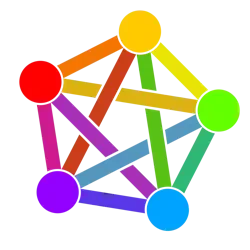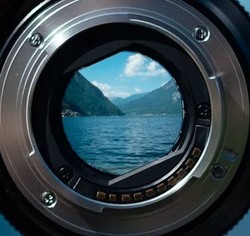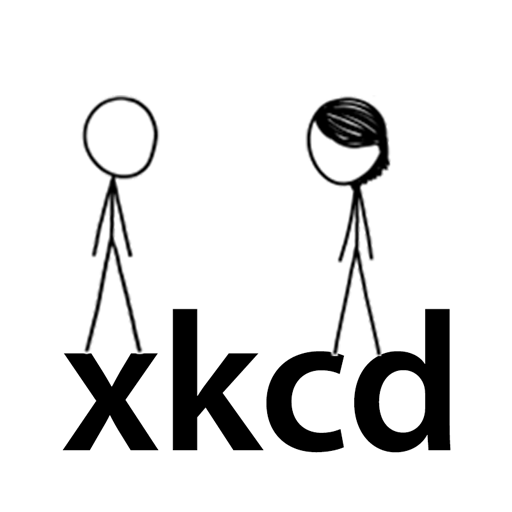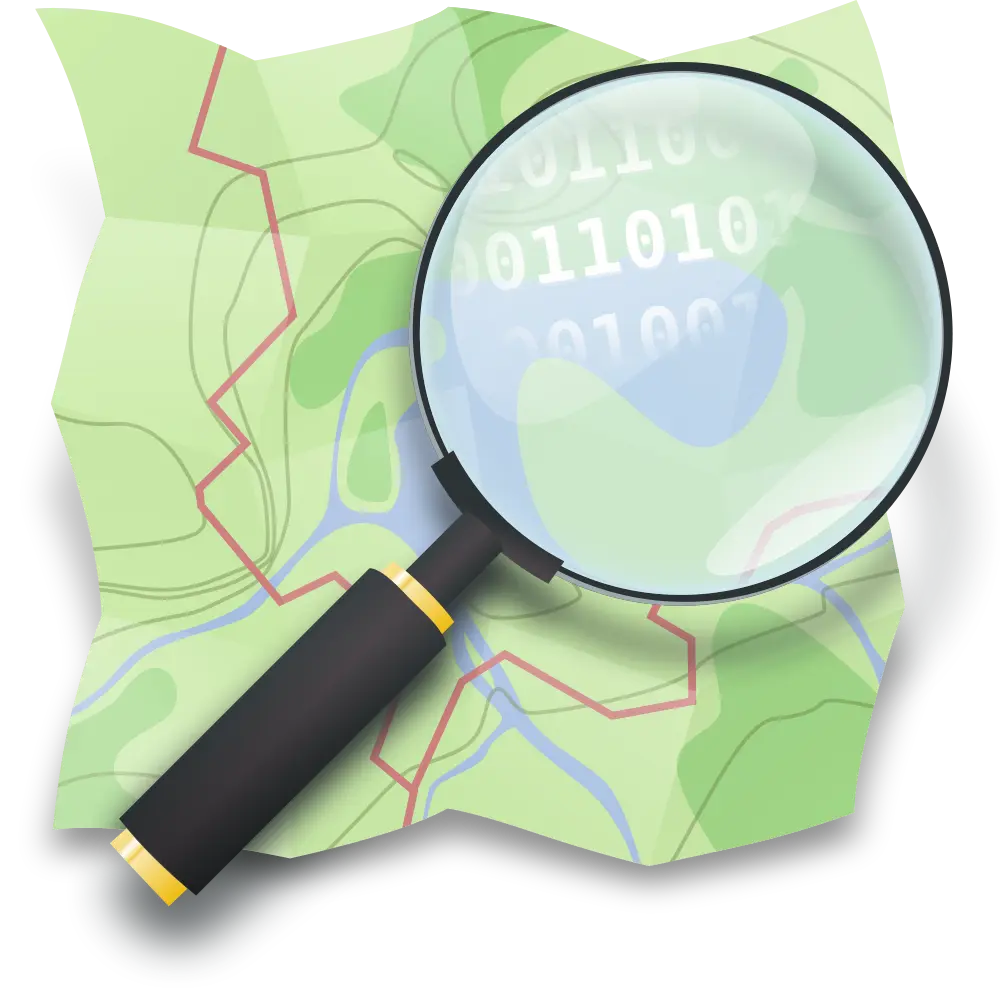- 225 Posts
- 275 Comments

 4·3 days ago
4·3 days agoWhat would you replace the taskbar with?
“Are you a pole vaulter?” “No, I am a German, but how did you know my name was Walter?”

 38·4 days ago
38·4 days agoin other news, the North Pole is colder than the Indonesian rainforest
not very accurate, you can still install Windows graphically, and you could install Linux either on a console or with a GUI both in 2005 and now

 14·6 days ago
14·6 days agoCompared to how Microsoft names things, FOSS naming is harmless on average.
Think of them naming the gaming app on Windows PCs “Xbox”, or the distinction between “VS Code” and “Visual Studio Code”, or “edit” (msedit), etc etc

 10·6 days ago
10·6 days agoUnironic answer, the “g” is pronounced, but obviously like the g in give or great, not like j.

 2·10 days ago
2·10 days agoI haven’t read about this before.
It’s interesting that (judging from the screenshot), they even tried to recreate the Apple menu, which on macOS isn’t a start menu after all; but I do wonder what is the way to start apps in this interface? Did they try to clone macOS in that regard to and do that through the “Finder” (probably Dolphin)?

 2·10 days ago
2·10 days agoObviously the way the previous commenter worded it would infringe on the platforms’ free speech, it’s only workable if we replace “harmful” with “illegal” (e.g. libelous).

 0·11 days ago
0·11 days agoNavigating on public transport inherently requires full data on public transport timetables.
Public transport timetables are out of scope of OSM, there is no good way to enter them, they raise copyright concerns, they would quickly be outdated. So OSM is just the wrong tool for the job…
I use an app called “Öffi” https://f-droid.org/packages/de.schildbach.oeffi for calculating routes on public transport. It queries the open APIs of public transport networks. I don’t know whether it supports the one you need, but e.g. in Germany and Austria it is very usable.
obviously it’s a remote service, so you don’t directly control it unless you run it yourself, but the website links to this repo https://github.com/gugray/rss-parrot so the code does seem to be available under a free license (I have not tried to run it myself)
This puts any RSS feed into your Mastodon feed.
I post a lot and don’t usually get hateful insults, in fact most of what I post gets no comments at all.
The way I find most things I post is literally just that I repost them from my Mastodon feed.

 39·12 days ago
39·12 days agoI think we need to ask this question separately for the microblogging fediverse and the “threadiverse” (i.e. Lemmy-compatible communities).
The microblogging fediverse isn’t dying, I scroll through it every day, it’s one of my main sources of news (some of which I then post on Lemmy). I wouldn’t be able to keep up with much more than what I currently get into my feed there.
The threadiverse meanwhile could definitely use much more activity. I hope it eventually becomes a place to discuss even the most niche topics imaginable, like web forums in their era…

 2·12 days ago
2·12 days agoThis is a complex issue and both of the comments above are way oversimplifying it…
Lots of governments around the world are nowadays claiming that their laws apply to all or many websites that can be accessed in their borders. Whether they can enforce this if the website has no physical assets in the country is a very different question. They could arrest their operators when they enter their countries (as happened to Pavel Durov), or they could geoblock websites, or… here are some starting points for further research:
- https://politics.stackexchange.com/questions/88635/can-the-uk-government-do-anything-about-a-foreign-media-platform-rooting-for-civ
- https://politics.stackexchange.com/questions/20490/what-politically-can-be-done-to-compel-global-compliance-by-google
- https://www.techdirt.com/2025/09/05/when-trolls-take-on-tyrants-4chan-and-kiwi-farms-sue-the-uk-over-extraterritorial-censorship/
That makes sense, thanks.
Why would a lawyer not be allowed to do that? Genuinely curious because I would expect information on who won court cases to be public anyway?

 13·13 days ago
13·13 days agoRoskomnadzor said in its notice that Roblox contains “inappropriate content that can negatively impact the spiritual and moral development of children.”
I say in my notice that Roskomnadzor can negatively impact the spiritual and moral development of children.

 86·14 days ago
86·14 days agounfortunately this is mostly an instance of https://xkcd.com/1102/

 7·15 days ago
7·15 days agoIRC still exists, the closest FOSS IRC client to mIRC is KVIrc.
The closest thing to a modernized IRC is Matrix.
















I’m still disappointed that 27 never managed to get on this list: https://www.youtube.com/watch?v=U2-7CqYFi64